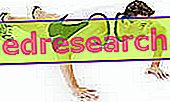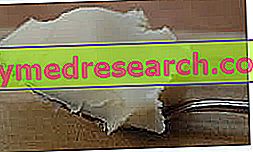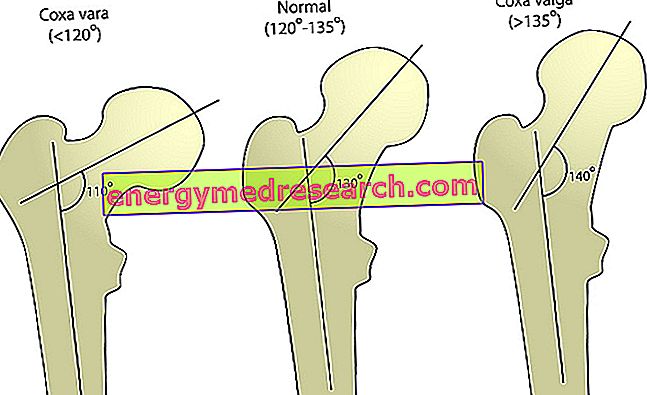INTRODUCTION: Anatomy of the small and large pectoralis
The particular anatomical shape of the pectorals gives these muscles the ability to perform numerous movements. The pectorals are involved above all in the horizontal adduction of the arm (movement in which the humerus is approached to the center of the body) and in its internal rotation. The pectoral muscles also work during the extension of the arm (movement in which the humerus, starting from above the head, is brought downwards) and to a lesser extent during flexion of the arm with the hands rotated (movement in which the humerus is raised in front of the body with the palm of the hand facing forward).
Finally, if the humerus is taken as a fixed point (as in the act of climbing) the pectorals contract to lift the trunk.
The best exercises to train the pectorals
To act on the pectorals there are mainly two types of exercises: the distension, in which you lie down on your back on a bench and push the load upwards, and the crosses, in which in the same position you carry your arms from the outside towards the inside (adducing themselves), keeping the elbow slightly bent throughout the movement.

The tensions with the barbell mostly involve the triceps and the front deltoids. This involvement becomes maximum when the subject performing the exercise is kyphotic (his shoulders "fall" forward "). In this case, to increase the stimulus on the pectoral muscles it is necessary to adopt some tricks:
raise the sternum, putting back the shoulders (holding them further back).
use the dumbbells instead of the barbell, in this way it is possible to further elevate the sternum and lengthen the chest muscles more
To develop good pectoral muscles it is also possible to use other exercises, leaving room for imagination.
At the end of the training the classic push-ups are, for example, a great way to exhaust the pectorals and increase the local blood supply. To involve these muscles more, as long as the physical condition allows it, it is possible to perform the exercise with hands and feet on two rises.
The same exercise becomes very challenging when performed with hands on the ground and feet on a Swiss ball.
One last tip
The pectorals are undoubtedly one of the most coveted muscles. Their development is certainly important to give the body an athletic and harmonious appearance; however it is important not to overdo it.
Unfortunately, in many gyms, you can still see a lot of guys who, a little for self-esteem and a little to attract more attention, train their pectorals a lot. Often such training strategies give the physique the classic turkey appearance (huge chest and thin legs) or gorilla (huge chest and shoulders hunched forward). For this reason it is purely aesthetic and for others much more important (posture and safeguarding of the joints), it is necessary to pay the same attention to the training of all the muscles of the body.



